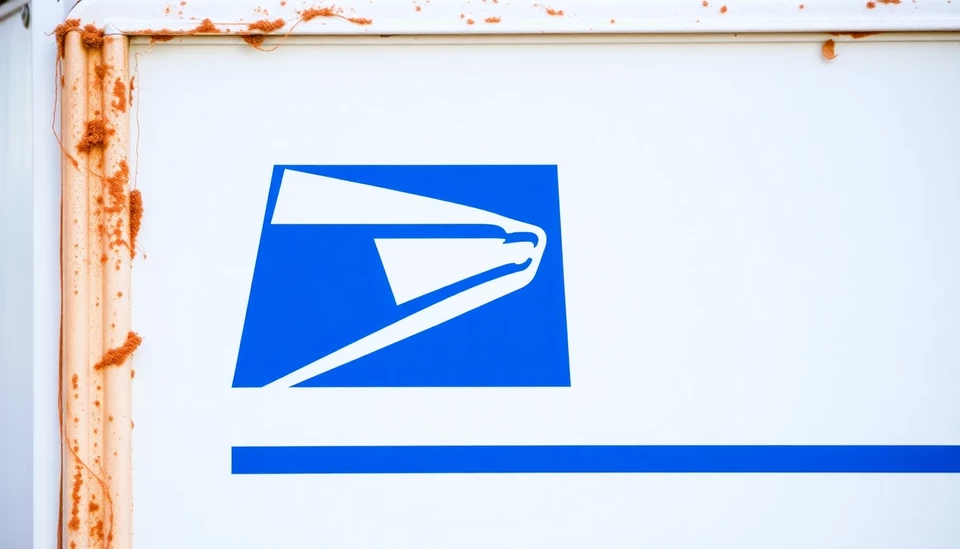
The head of the United States Postal Service (USPS) has raised urgent concerns regarding the need for significant upgrades to the agency's aging delivery truck fleet. In a recent address, USPS Postmaster General Louis DeJoy emphasized that the outdated vehicles are not only prevalent but also inefficient, accentuating the importance of swift action to modernize the fleet.
DeJoy’s comments come in the wake of former President Donald Trump’s renewed focus on electric vehicle (EV) initiatives during his latest campaign. The juxtaposition of DeJoy’s plea for modernization alongside Trump’s advocacy for sustainable transportation options highlights a critical moment for USPS, as it navigates the dual pressures of maintaining service efficiency and addressing environmental concerns.
The current fleet, consisting mainly of Long Life Vehicles (LLVs) dating back to the 1980s, has been a point of contention for years. DeJoy stated that many of these trucks are barely able to keep up with the demands of modern logistics, resulting in increased operational costs and potentially impacting service delivery. He noted that a significant portion of these vehicles are either nearing the end of their operational lifespan or are already presenting safety issues. The Postmaster General remarked, "It is crucial for us to invest in not only the reliability of our service but also in ensuring the safety of our employees and the public."
Amidst these challenges, the Post Office's future plans must also take into consideration the push towards electric vehicles, as highlighted by recent government initiatives aimed at reducing carbon emissions. As DeJoy lauds the potential benefits of technological advancements, he acknowledges that transitioning to a modern fleet, potentially including EVs, can not only bring about efficiency but also align with broader environmental goals.
While there is a clear push for modernization, the logistics of such a transition remain complex. DeJoy mentioned the financial constraints that may hinder the rapid adoption of new technologies, alluding to the fact that any drastic changes require careful strategic planning and substantial investment. “We are committed to minimizing our environmental impact, but we cannot do this without adequate funding and support,” he stated.
Public response has been mixed, with some advocating for faster investment in electric delivery vehicles, arguing that USPS can lead by example in sustainability. Meanwhile, others caution that immediate and large-scale changes could disrupt essential postal services, illustrating the delicate balance required in this decision-making process.
As the strategic direction for USPS evolves, it remains crucial for stakeholders to remain engaged in discussions surrounding the urgent need for a modernized fleet. With environmental considerations at the forefront, the inevitable question remains: How swiftly can the Postal Service adapt without compromising its core mission of service reliability?
In conclusion, the USPS is at a critical juncture. The aging fleet represents not just an operational challenge, but an opportunity for transformative change. As both DeJoy and political leaders look towards the future, all eyes will be on how the Postal Service navigates these tumultuous waters amidst evolving technological landscapes and societal expectations.
#USPS #ElectricVehicles #FleetUpgrade #Sustainability #Logistics #LouisDeJoy #Trump #PostalService #EnvironmentalImpact
Author: Victoria Adams




